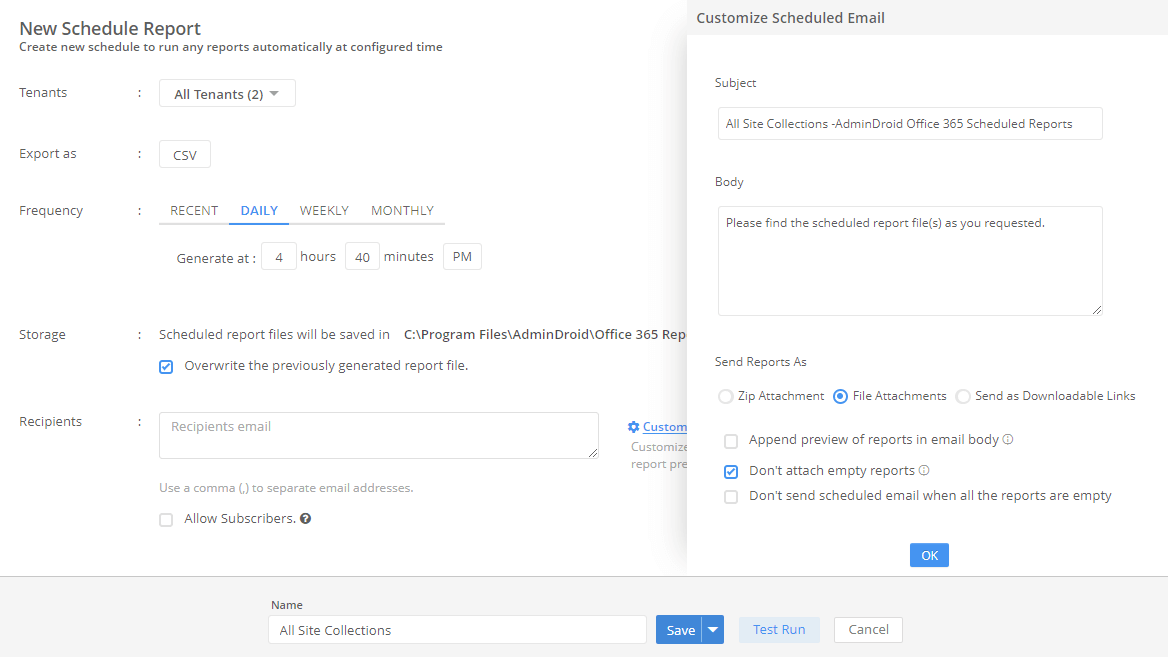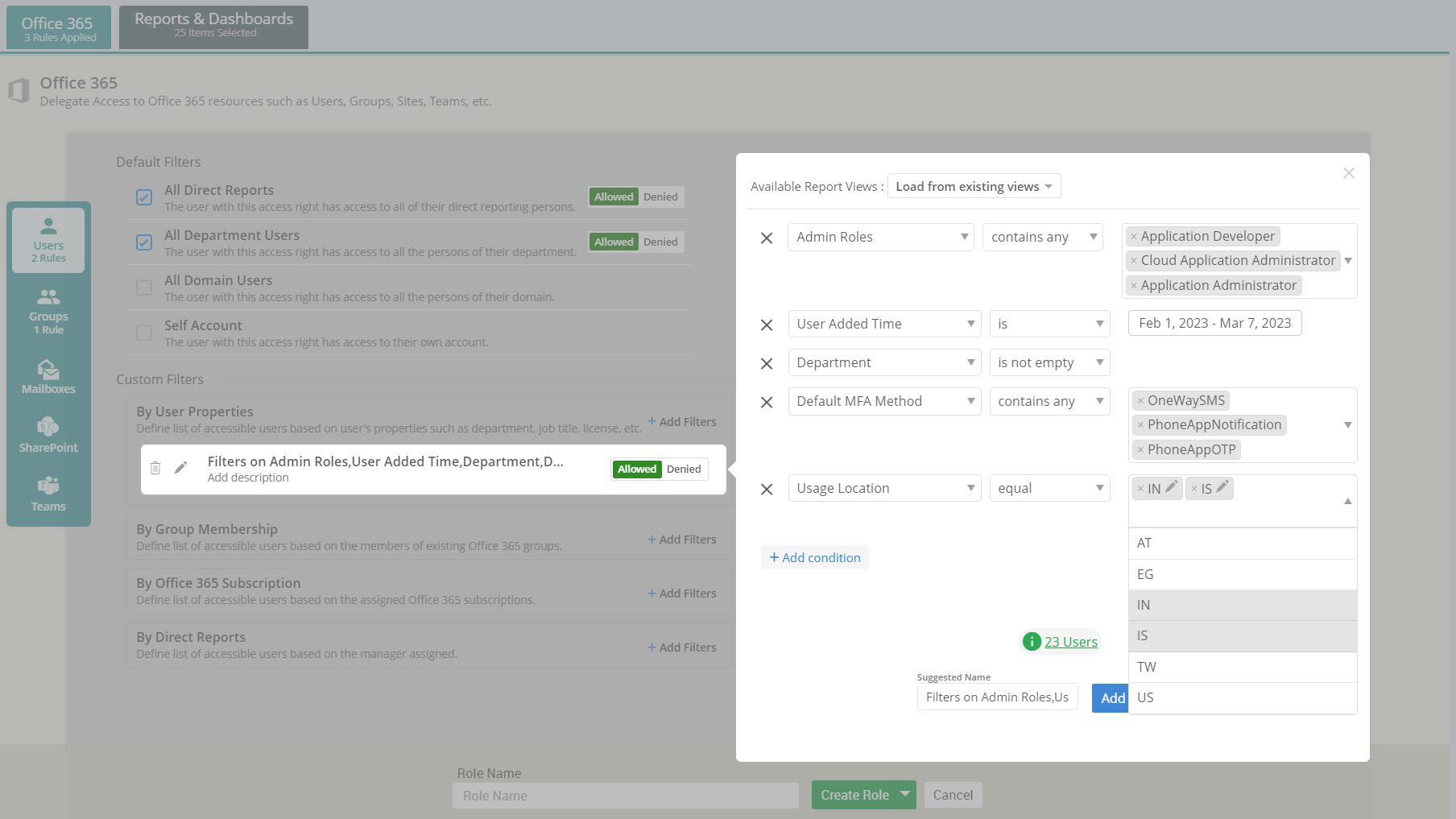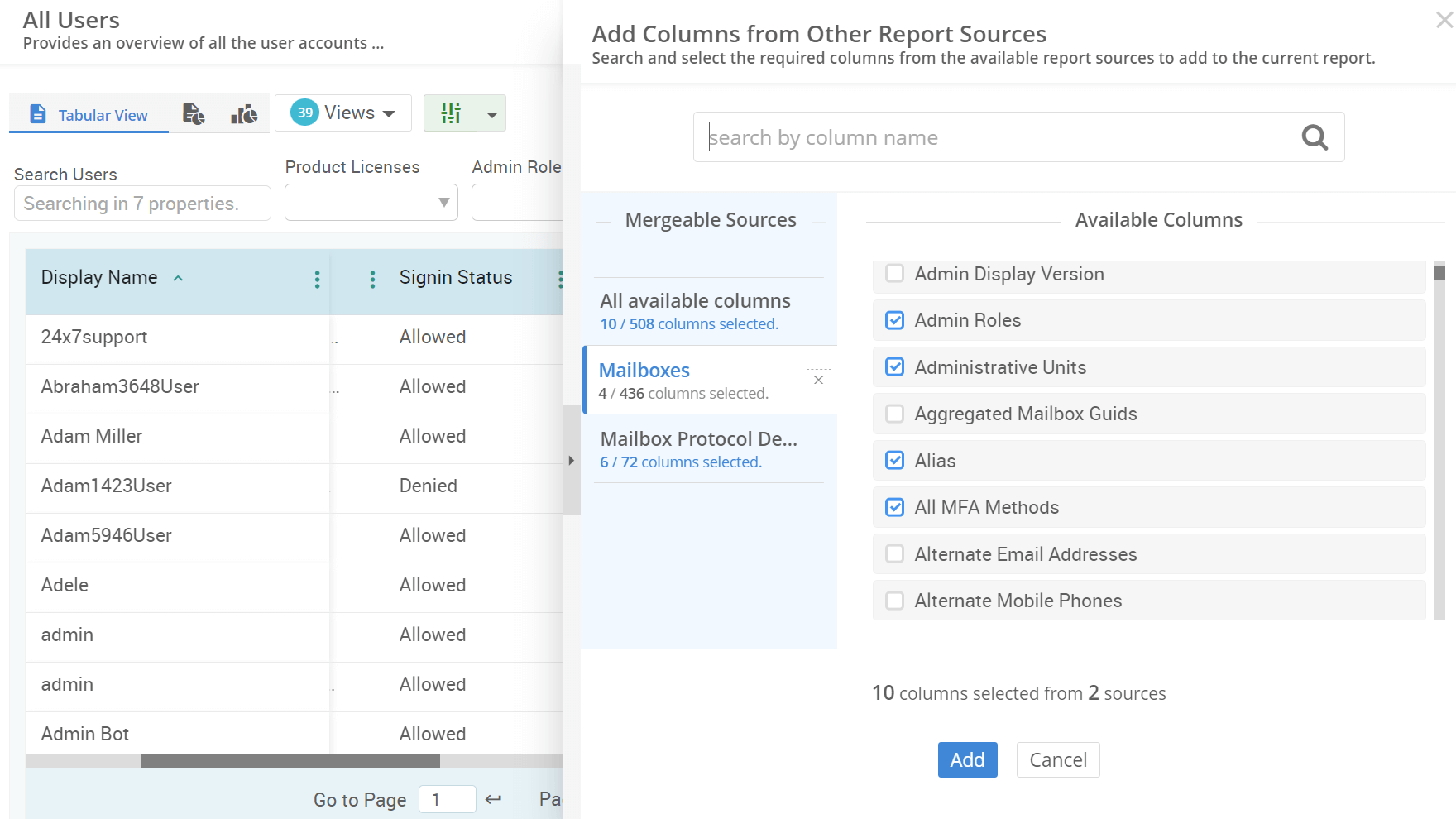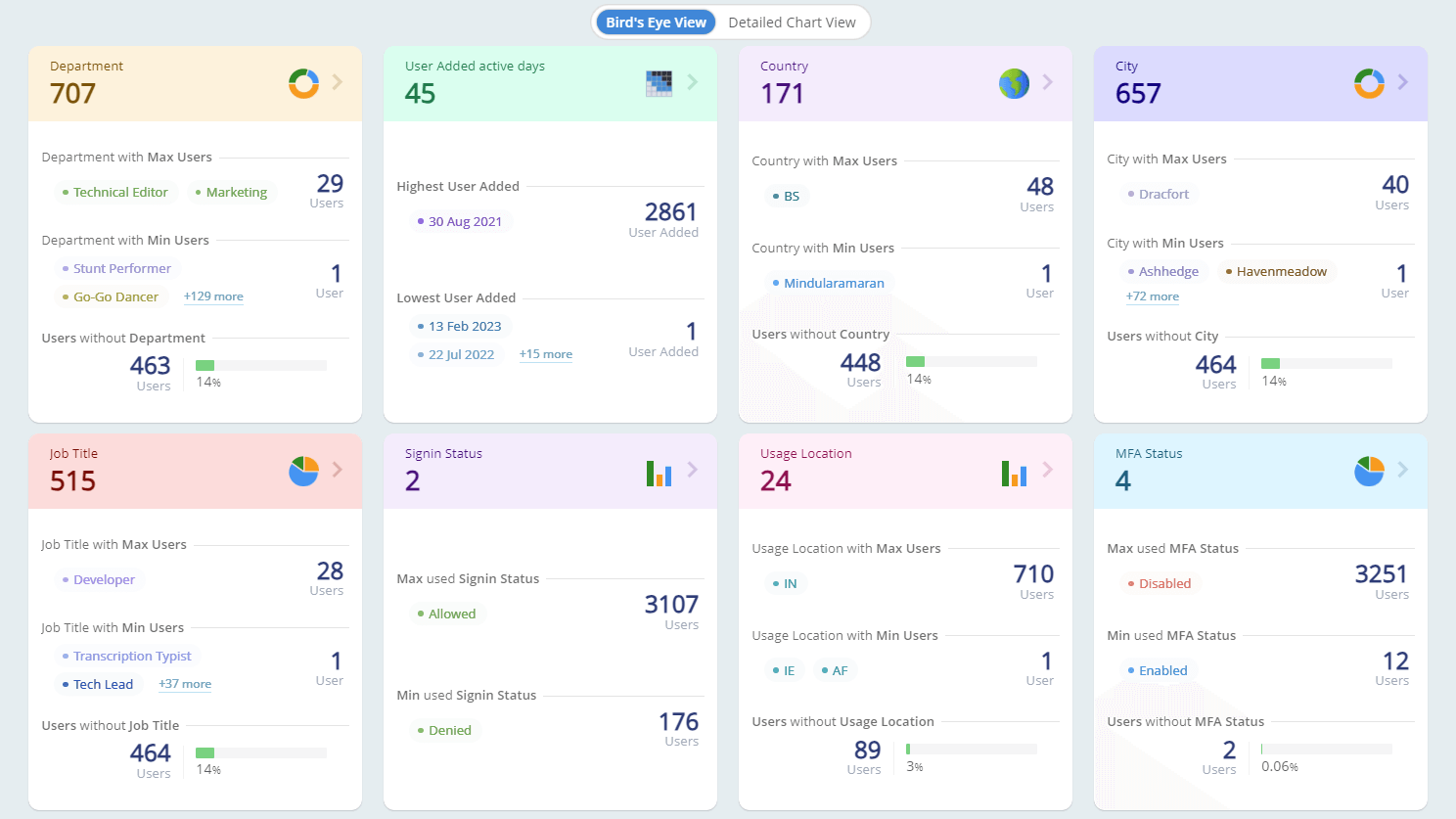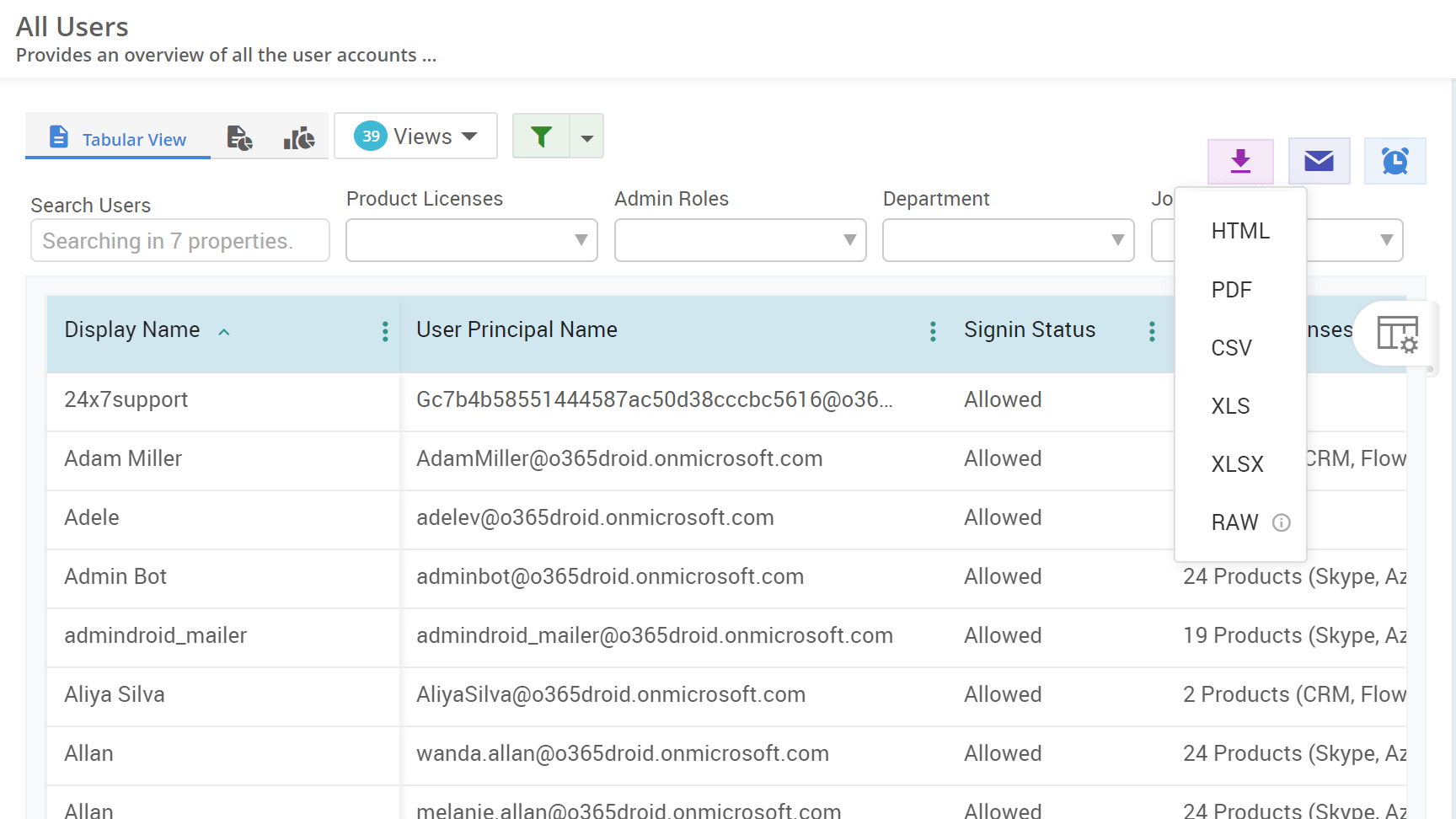When sensitive messages are shared via Microsoft Teams, DLP policies automatically apply predefined rules to protect your valuable data. However, users may override these rules or report them as false positives. Regularly reviewing audit logs provides valuable insights to strengthen security measures and prevent the leakage of sensitive information.
Analyze the audit logs to determine whether DLP-detected Teams messages contain sensitive information. This process helps you to identify any false positives flagged messages and allows for fine-tuning of the DLP rules.
Alerts are crucial for identifying potential policy violations. By actively monitoring them, organizations can take proactive measures to protect sensitive information, refine DLP policies, and reduce false positives.
For an in-depth audit and investigation of DLP policy violations in Microsoft Teams, review the alerts generated in the Microsoft Defender portal.
- Log in to the Microsoft Defender Portal.
- Navigate to Alerts under Investigation & response»Incidents & alerts.
- From the "Add Filter " dropdown, Add Service/detection sources and choose Microsoft Data Loss Prevention.
Here, you can review key details of the DLP policy violations, including the user involved, the specific policy, the type of sensitive information, event time, and more.
- After reviewing the alerts, you can take actions if you identify any suspicious behaviour.
- If you believe something is wrong with the user, you can take actions like confirming the user is compromised, suspending the user in Entra ID, requiring the user to sign in again, modifying the Entra ID account settings, and viewing related incidents. These steps help ensure the user’s account is secure and prevent further risks.
Additionally, you can manage, and tune alerts based on the audit to enhance their accuracy and gain better insights into threats facing your organization.
With AdminDroid's built-in charts, get a comprehensive overview of Data Loss Prevention alerts related to Microsoft Teams summarizing triggered alerts over a specified period. This includes daily summaries by daily alert counts, counts by policy name, and counts by category and policy type. You can also filter alerts based on severity.
It helps you to quickly identify trends and patterns in DLP violations, enabling timely responses to potential data breaches and ensuring compliance.










